Media Buying
Billboards are the most common and recognizable form of outdoor advertising. These large, static advertisements are placed along highways, roadsides, and busy intersections to capture the attention of motorists and pedestrians.
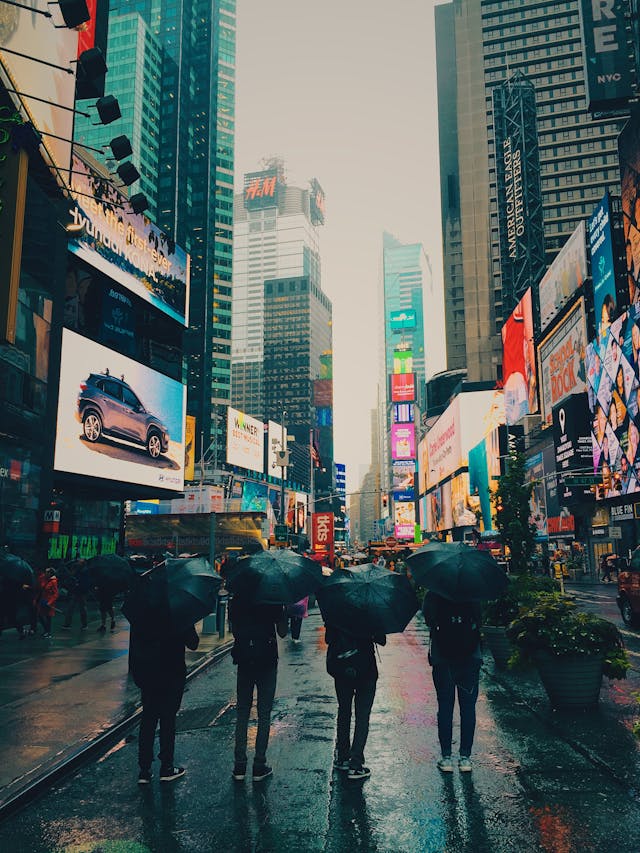
Transit advertising refers to ads placed on various forms of public transportation or at transit locations like bus stops, subway stations, and airports.
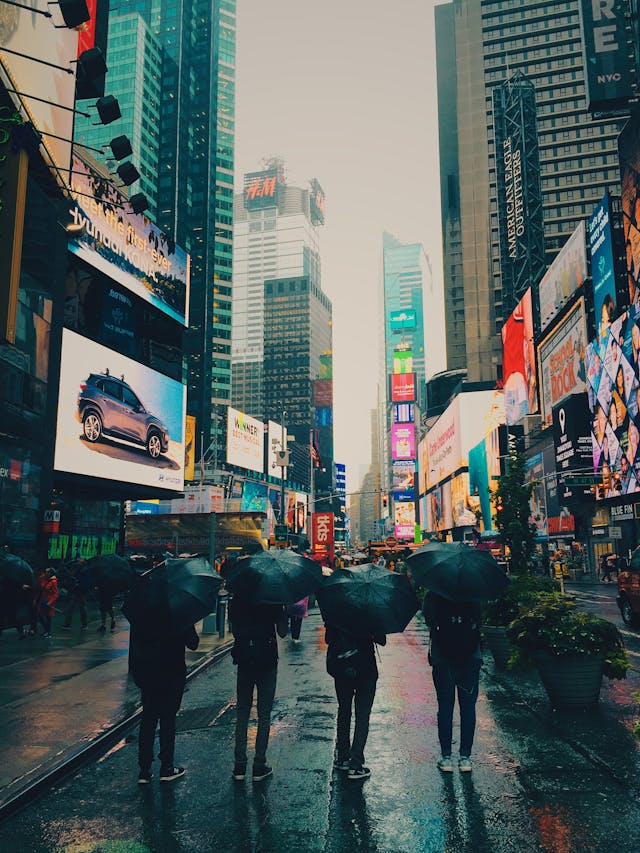
Digital outdoor ads use digital technology to display dynamic and interactive content. These can be found in places like shopping malls, city centers, and transportation hubs. They are often large LED screens that can be updated frequently with new content.
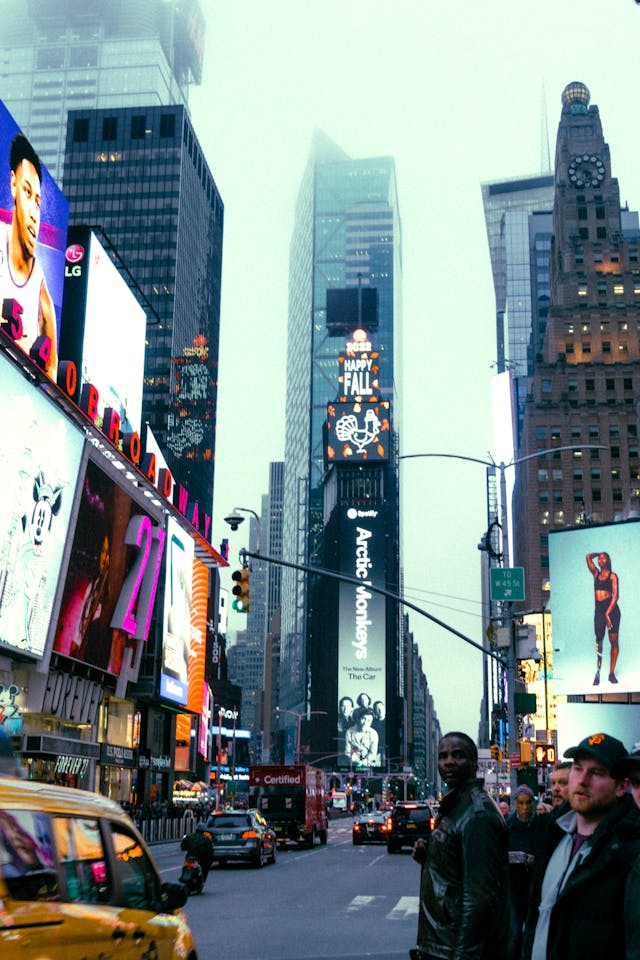
Street furniture advertising refers to ads placed on items commonly found in public spaces, such as benches, bus shelters, newsstands, and kiosks.
Wallscapes are large advertisements painted or applied to the exterior of buildings. Murals can be a blend of art and advertisement, making them eye-catching and memorable.
National TV advertising involves airing ads on large-scale, nationwide networks. This format is best suited for brands aiming to reach a broad audience across the entire country.
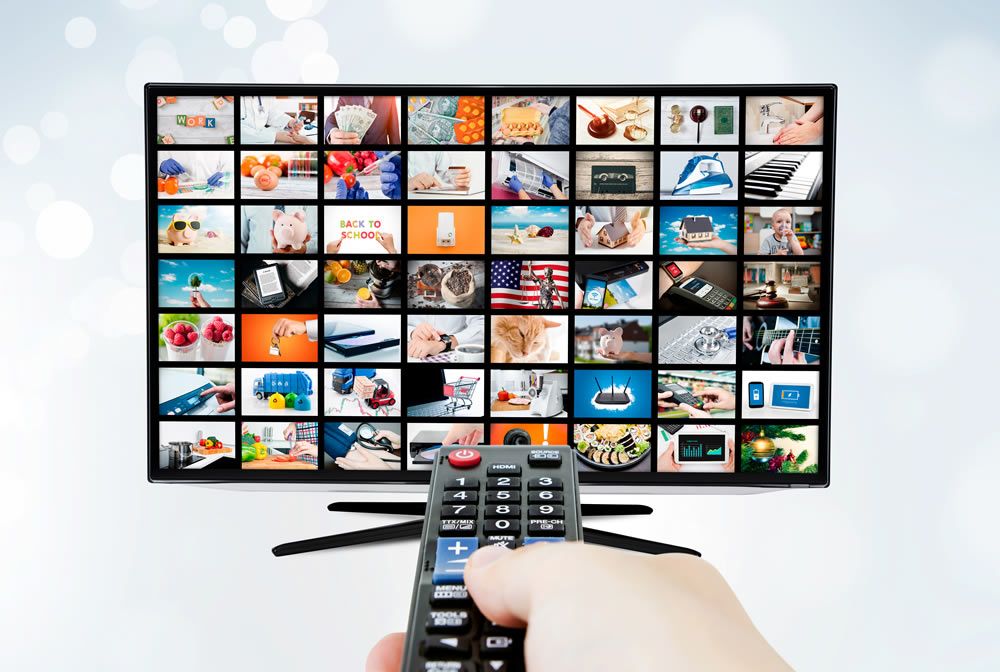
Local TV advertising targets specific regions, cities, or even neighborhoods. These ads are ideal for businesses looking to connect with their community or serve a specific geographic area.
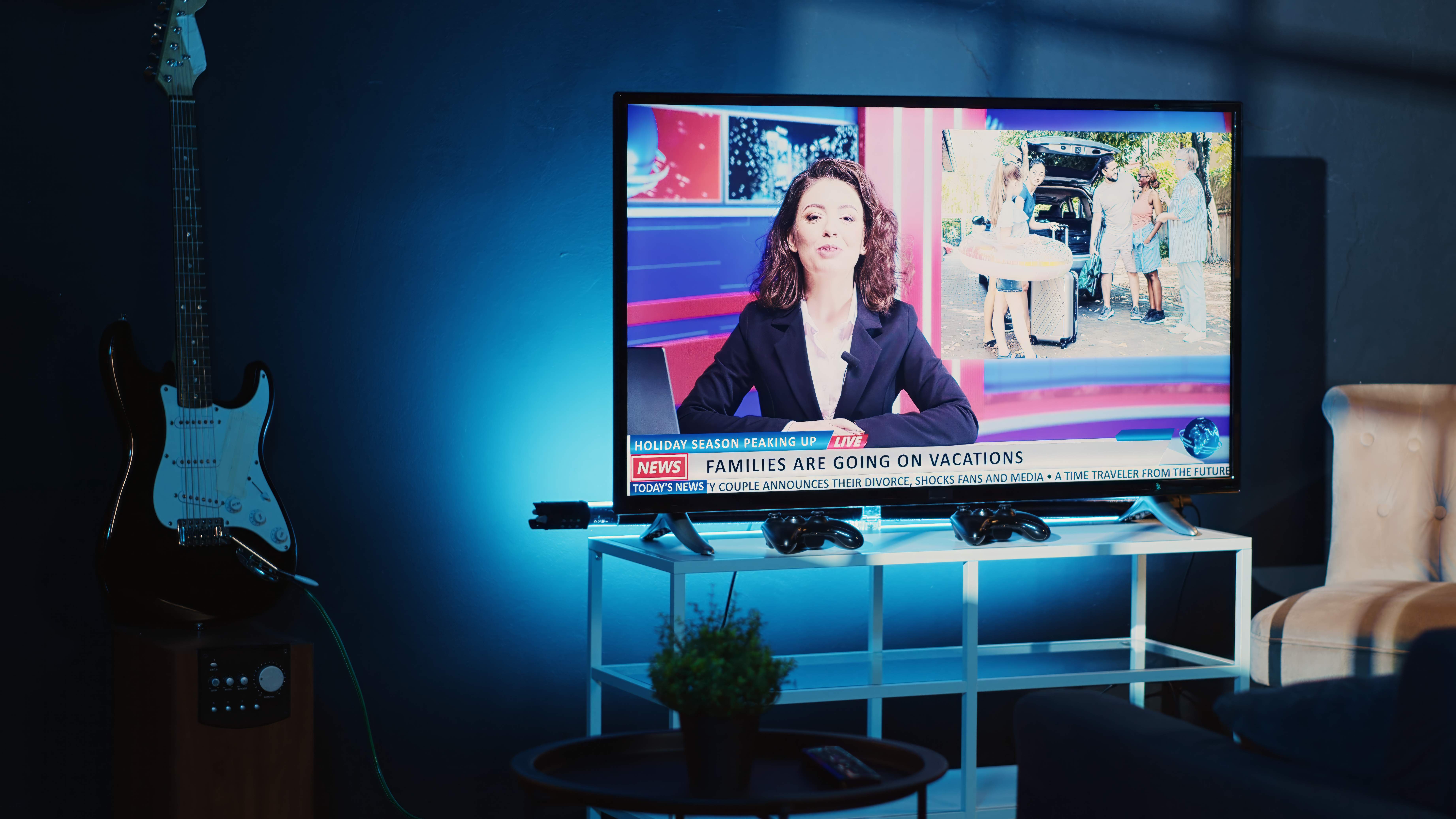
Sponsorships involve associating your brand with specific programs or events. Instead of purchasing a commercial spot, you "sponsor" a show or event, and your brand is featured throughout the program.
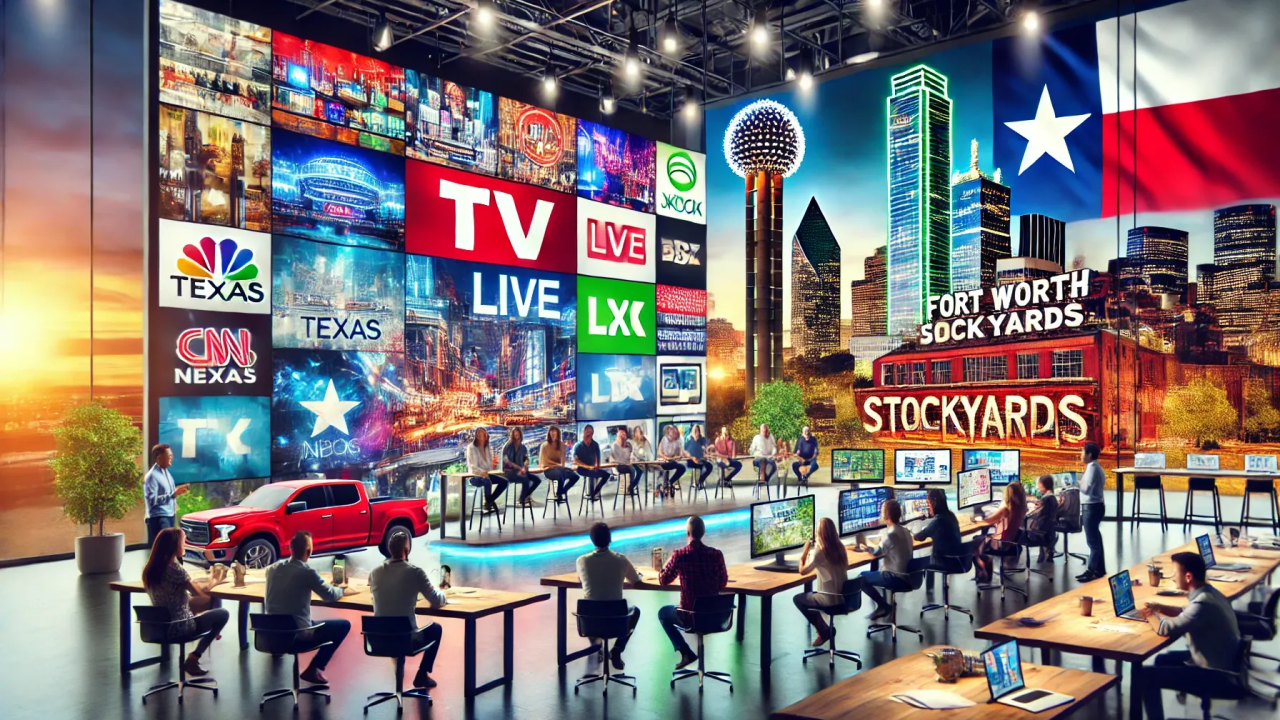
Traditional radio spots are pre-recorded commercials that are aired during specific time slots on a station. These can range from short 15-second ads to longer 60-second or 90-second spots, depending on the messaging and target audience.
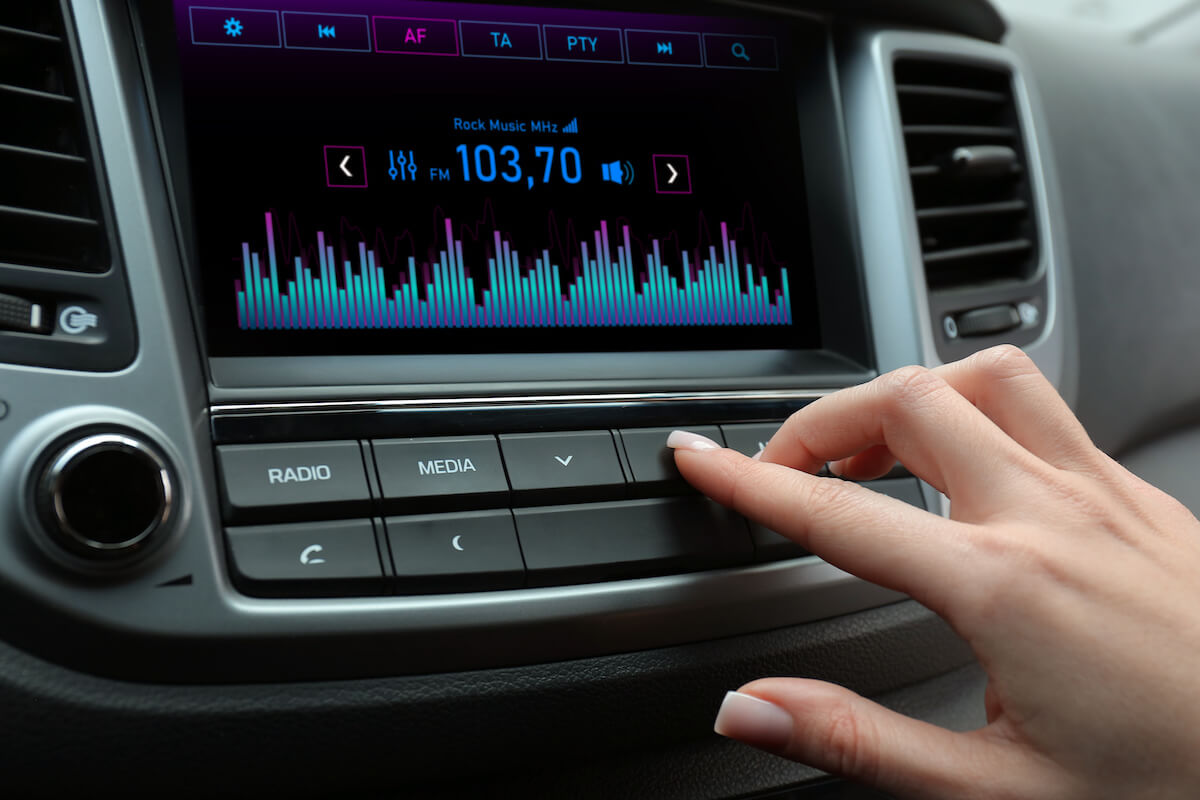
Sponsorship involves associating your brand with specific radio programs, events, or segments. It can be a more subtle form of advertising, as your brand is integrated into the content.

Jingles are catchy, musical advertisements that use music and lyrics to create memorable and easily recognizable brand messages. Audio branding uses distinctive sounds and tunes to create a unique auditory identity for your brand.
Radio talk shows and interview spots allow you to feature your brand in a live, conversational context. These segments often involve radio hosts interviewing a spokesperson from your brand, discussing your product or service, or providing insights related to your industry.
This type of advertising involves radio personalities or hosts directly mentioning or endorsing your product during their regular programming. These live mentions can occur within the context of the host's daily conversation or specific promotional segments.
With the rise of digital radio platforms like Spotify, Pandora, and Apple Music, digital radio advertising has become an increasingly popular way to reach tech-savvy, younger audiences. These platforms offer a mix of audio ads and display ads that can be targeted based on user data.
Newspapers are a well-established medium for reaching a broad audience. They can be local, regional, or national in scope, allowing businesses to select their target audience based on geographic location, demographics, and the publication’s readership.
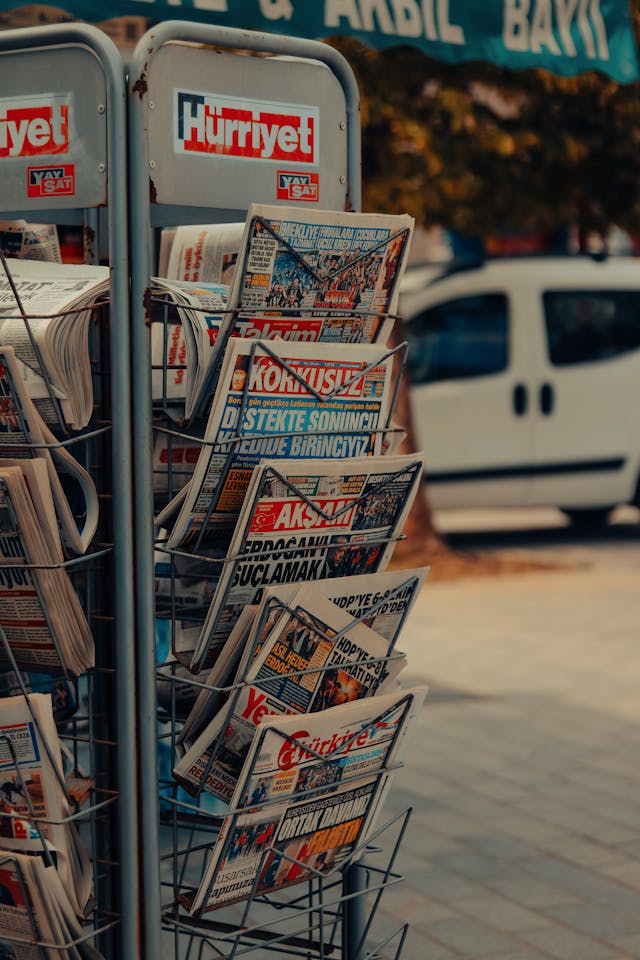
Magazines offer a highly targeted platform for print ads, allowing you to reach niche audiences based on their interests. Whether it’s a business magazine, fashion publication, or hobbyist magazine, print ads in magazines often cater to highly engaged, loyal readers.
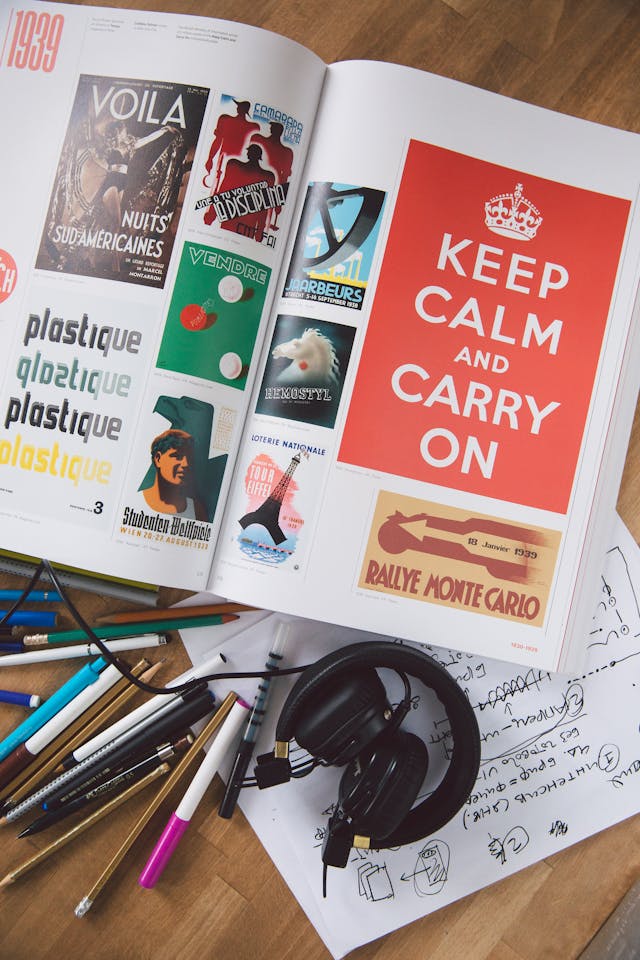
Direct mail involves sending physical mail pieces directly to individuals’ homes or businesses. These can range from catalogs and brochures to postcards and letters, and they provide a personal touch that digital ads can’t replicate.
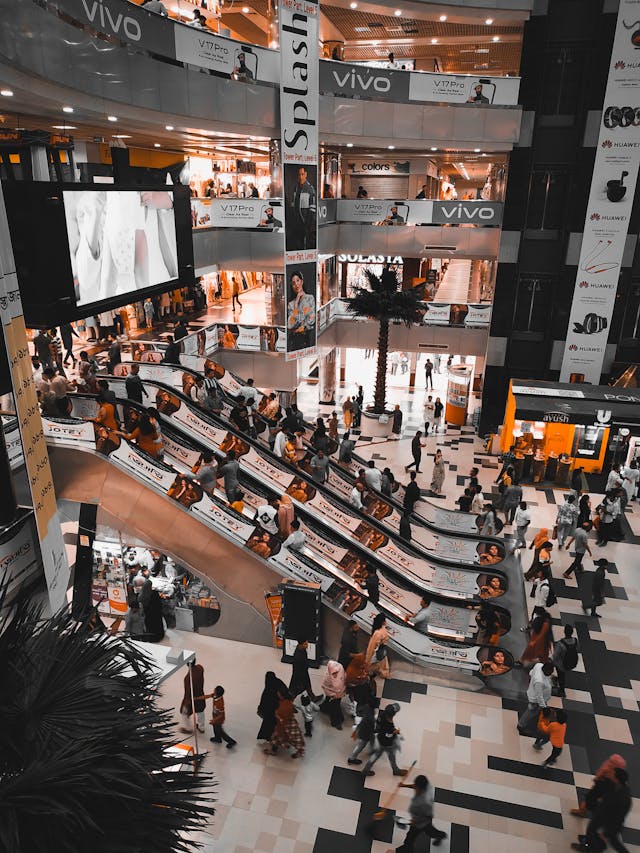
Brochures and flyers are often used for promoting events, special offers, or products. They are typically distributed in person, through mail, or placed in public spaces like stores, trade shows, or local businesses.

Digital advertising is a core part of modern media strategies. Our team leverages various digital channels to place targeted ads that drive results.
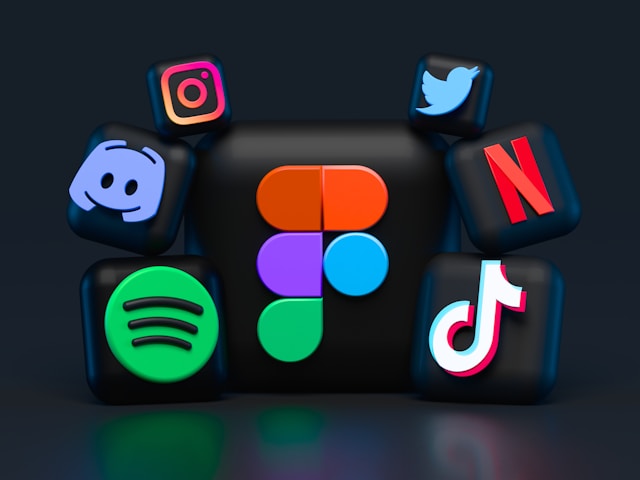
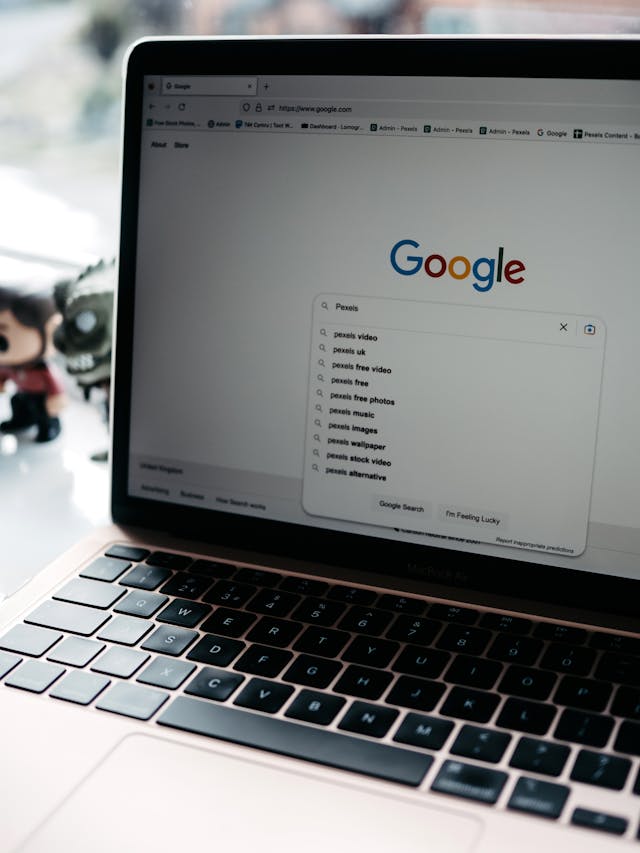
Services: Creating visually compelling banner ads that appear on websites and apps your audience frequents. Includes strategic placement through Google Display Network and other third-party ad networks.

Services: Real-time, automated ad buying that optimizes your budget allocation by using data-driven insights to place ads across multiple digital platforms.
Legal
Address
Office - 3307, Churchill Towers, Business Bay, Dubai, UAE
Phone- +971 50 865 4179
Email - info@insightvision.marketing
Subscribe
Designed and Developed by Insight Vision